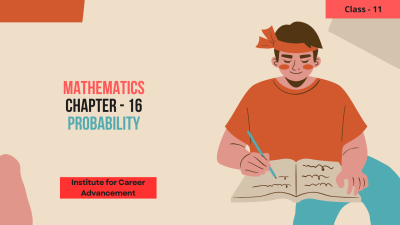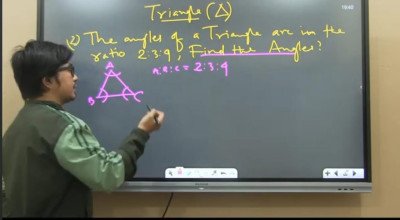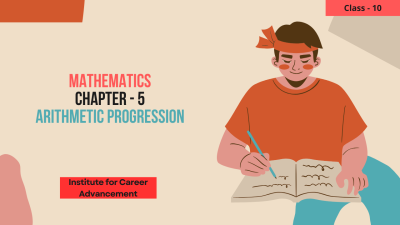Probability - Class 11
he chapter Probability has a huge scope in the future for higher studies. If the basics of this chapter have been understood by students, then they can easily solve the next-level problems, based on this concept. It is recommended that students try to solve these questions first and then check with the answers. This practice will help to gain problem-solving skills and build their confidence level. তিনি অধ্যায় উচ্চতর পড়াশোনার জন্য ভবিষ্যতে সম্ভাবনার বিশাল সুযোগ রয়েছে। যদি এই অধ্যায়ের মূল বিষয়গুলি শিক্ষার্থীরা বুঝতে পারে তবে তারা এই ধারণার ভিত্তিতে পরবর্তী স্তরের সমস্যাগুলি সহজেই সমাধান করতে পারে। এটি সুপারিশ করা হয় যে শিক্ষার্থীরা প্রথমে এই প্রশ্নগুলি সমাধান করার চেষ্টা করে এবং তারপর উত্তরগুলি পরীক্ষা করে। এই অনুশীলন সমস্যা সমাধানের দক্ষতা অর্জন করতে এবং তাদের আত্মবিশ্বাসের স্তর তৈরি করতে সাহায্য করবে।
English
Last updated
Sat, 14-Jun-2025




















